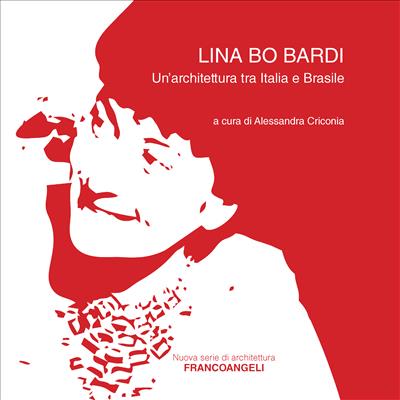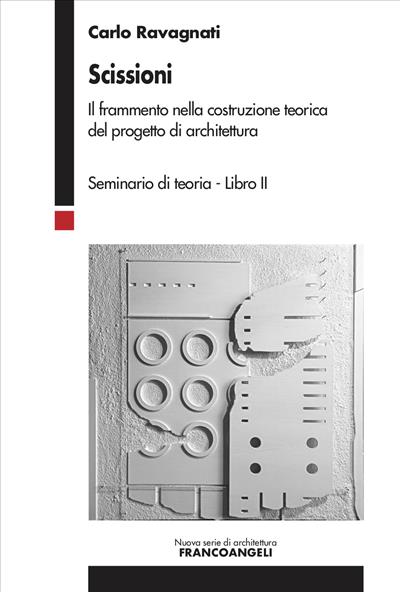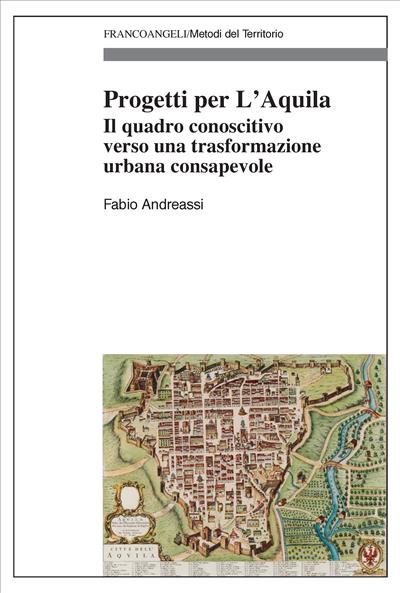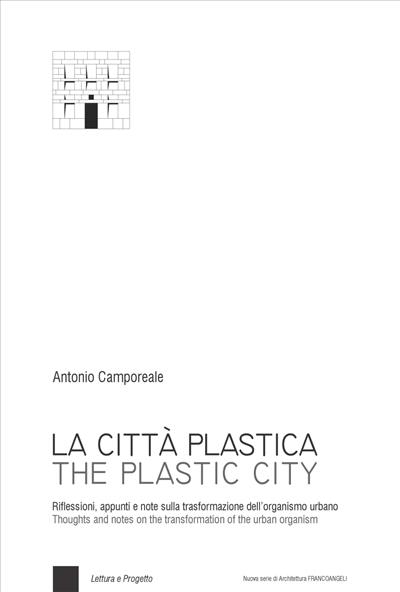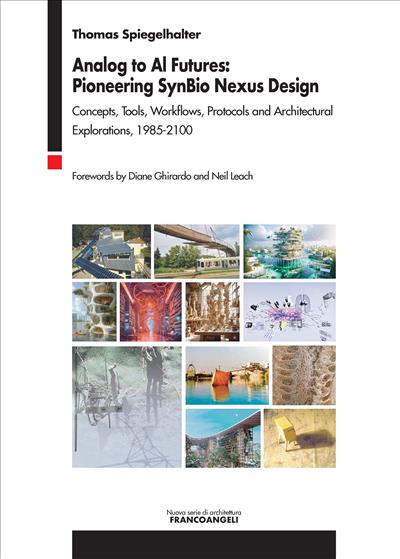
Analog to Al Futures: Pioneering SynBio Nexus Design
Concepts, Tools, Workflows, Protocols and Architectural Explorations, 1985-2100
This book is not merely a historical record but a forward-looking manifesto advocating for interdisciplinary collaboration to tackle the complex challenges of climate change within the energy, food, and water nexus. With projects ranging from solarpowered buildings, green-blue-infrastructural digital twin scenario designs from 2018 to 2100 in Miami to 3Dprinted structures and bridges globally, and discussions on disruptive technologies like BIM and generative AI design algorithms, this book is a vital resource for anyone interested in the future of resilient, and adaptive urban design.
Printed Edition
60.00
Printed Edition
60.00
Pages: 326
ISBN: 9788835161257
Edition: in preparazione 1a edizione 2024
Publisher code: 1098.2.80
